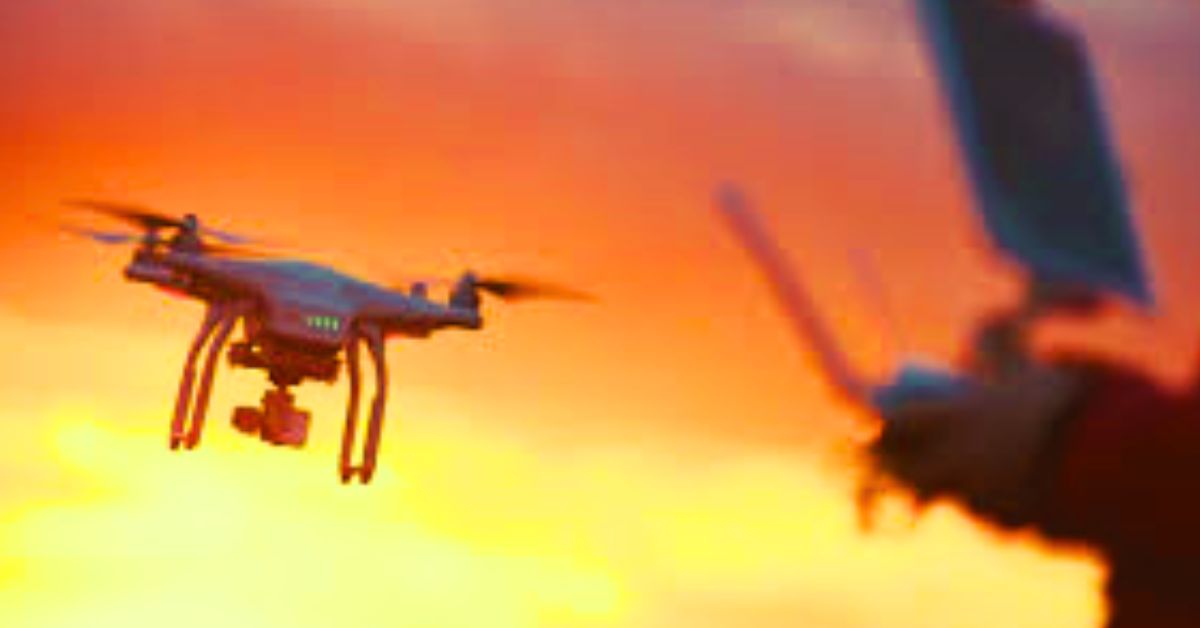Drones have rapidly grown in popularity, with hobbyists, photographers, and even businesses embracing them for various applications. However, with this rise in popularity comes the responsibility of flying them safely and legally. For beginners, the prospect of flying a drone can be both exciting and overwhelming. To ensure a smooth and enjoyable experience, it is crucial to understand the basic safety guidelines. This article provides practical drone safety tips to help you fly responsibly, avoid accidents, and stay compliant with the law.
1. Know the Local Regulations
Before you take your drone for a flight, familiarize yourself with local regulations. Many countries and regions have specific rules that govern drone use, such as maximum altitude limits, no-fly zones, and required permits. In some places, you may need to register your drone with aviation authorities. Research the rules in your area or consult the relevant aviation body to avoid fines or other legal consequences. Flying in restricted zones such as near airports or over populated areas can lead to serious penalties.
2. Inspect Your Drone Before Flight
Safety begins with preparation. Before every flight, inspect your drone to ensure that it is in proper working condition. Check the battery levels, ensure that the propellers are undamaged, and verify that the GPS and sensors are functioning correctly. Make sure the drone is free of any debris or blockages, and perform a pre-flight test if necessary. This helps prevent malfunctions during flight, which could lead to crashes or damage.
3. Understand Your Drone’s Limits
Each drone has its unique capabilities and limitations. As a beginner, it’s essential to know your drone’s range, battery life, and maximum altitude. Flying beyond these limits can result in losing control or the drone becoming unresponsive. Avoid flying too far out of your line of sight, as this can lead to disorientation and crashes. Start by flying in wide open areas where you can easily spot your drone at all times, and gradually push its limits as you gain experience.
4. Fly in Good Weather Conditions
Weather plays a critical role in the safety of your drone flight. Strong winds, heavy rain, or snow can affect a drone’s stability, control, and battery life. It’s best to fly on clear, calm days to ensure optimal performance. Check the weather forecast before heading out, and avoid flying during adverse conditions. Additionally, avoid flying in low visibility situations like fog or at night unless you’re experienced with drones equipped with advanced features for low-light environments.
5. Always Maintain Line of Sight
One of the most important drone safety tips is to always maintain a clear line of sight with your drone during flight. This is not only a legal requirement in many areas but also a safety measure to avoid accidents. By keeping the drone within your sight, you can make quick decisions if something goes wrong and avoid obstacles, such as trees, power lines, or buildings. Using a drone with FPV (first-person view) technology can be fun, but always be cautious and keep the drone in view, especially as a beginner.
6. Avoid Flying Over Crowds or Private Property
While it may be tempting to capture aerial shots of bustling crowds or private properties, it is crucial to respect others’ privacy and safety. Flying over people can be dangerous if your drone malfunctions, and in many places, it’s prohibited. Similarly, avoid flying over private properties without permission, as this may violate privacy laws. Be respectful and considerate of others while operating your drone to ensure that your activities do not cause harm or inconvenience.
7. Use Safety Features and Technology
Modern drones come with various safety features that can help prevent accidents. Many drones are equipped with GPS, altitude hold, and automatic return-to-home functions, which can be invaluable for beginners. These features ensure that your drone returns to a safe location if it loses connection or runs low on battery. Some drones also offer obstacle detection technology, which can prevent collisions with objects in the drone’s path. Learn how to use these features to enhance your flight experience.
8. Respect Wildlife and Nature
When flying drones in natural areas, always respect wildlife and the environment. Drones can disturb animals, especially in sensitive habitats, so avoid flying near nesting birds or endangered species. Many national parks and nature reserves have specific rules regarding drone flights, and violations can result in fines or legal action. Always check for restrictions before flying in such areas and consider the impact your drone may have on local wildlife.
9. Avoid Distractions While Flying
Flying a drone requires your full attention. Avoid distractions such as texting, talking to others, or engaging in activities that could take your focus away from the flight. Stay alert to your drone’s surroundings, keeping an eye out for potential hazards like trees, buildings, or other aircraft. Being attentive during your flight will not only keep you safe but also help you become more skilled as a drone pilot.
10. Respect Others and Be Courteous
Lastly, always be courteous to other people who may be around while you’re flying your drone. Avoid flying in crowded or busy areas where your drone could be a nuisance or safety hazard to others. If you’re flying in public places, ensure that you are not invading people’s personal space or disturbing them. It’s also a good idea to notify people nearby that you’re flying a drone to keep them informed and avoid confusion.
Conclusion
Flying a drone is an exciting and rewarding experience, but it comes with a responsibility to ensure that you do so safely and respectfully. By following these essential drone safety tips for beginners, you can protect your drone, the people around you, and the environment. Remember, flying responsibly will not only help you avoid accidents but will also make your drone flying experience more enjoyable in the long run.
